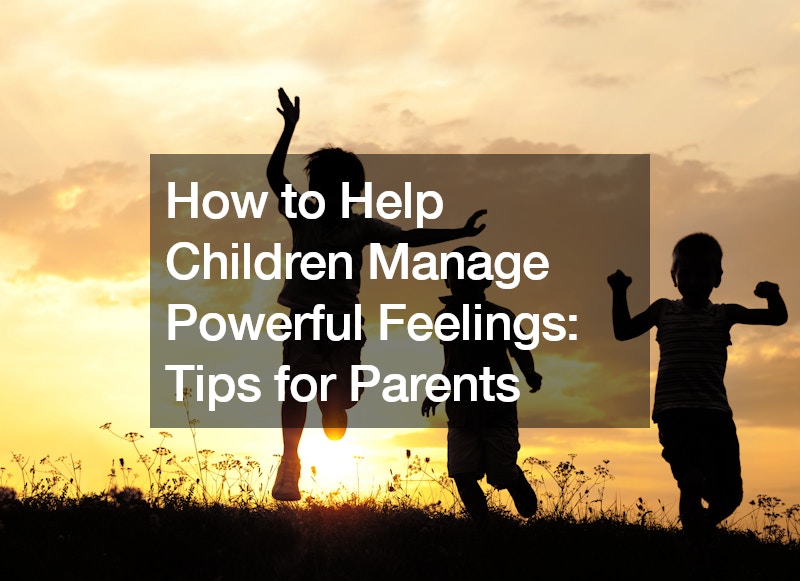Pool Repair Guide How to Fix a Cracked Pool Skimmer
Dealing with a cracked pool skimmer can be time-consuming. But with the right approach, you can repair the damage effectively and restore your pool’s functionality. Here’s a step-by-step pool repair guide for a cracked...






